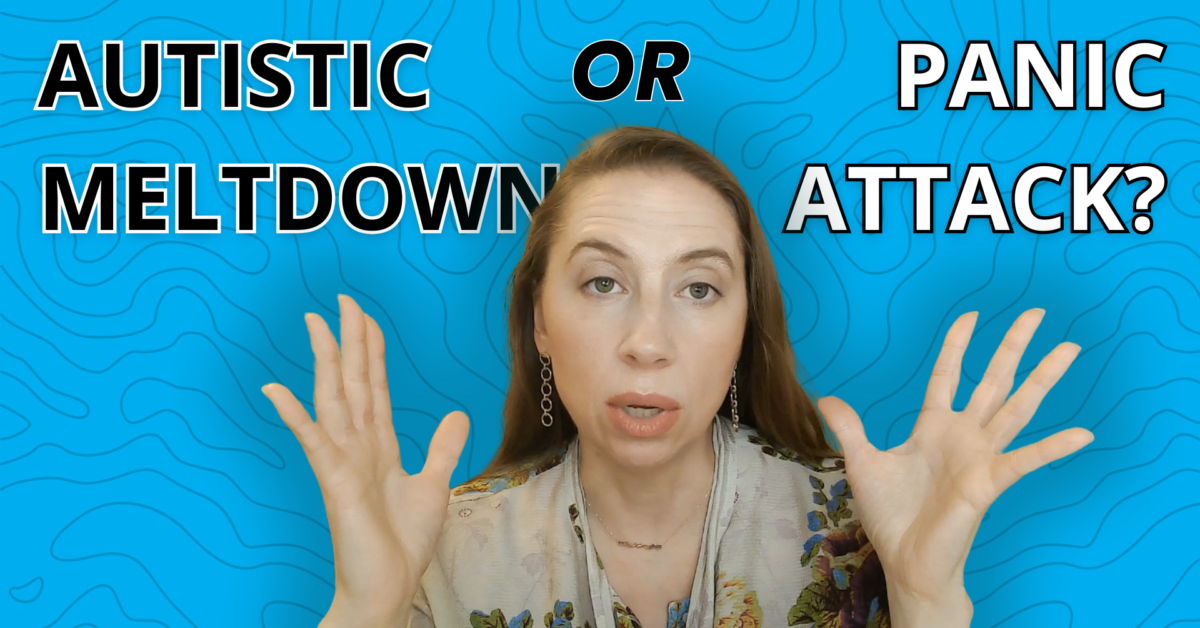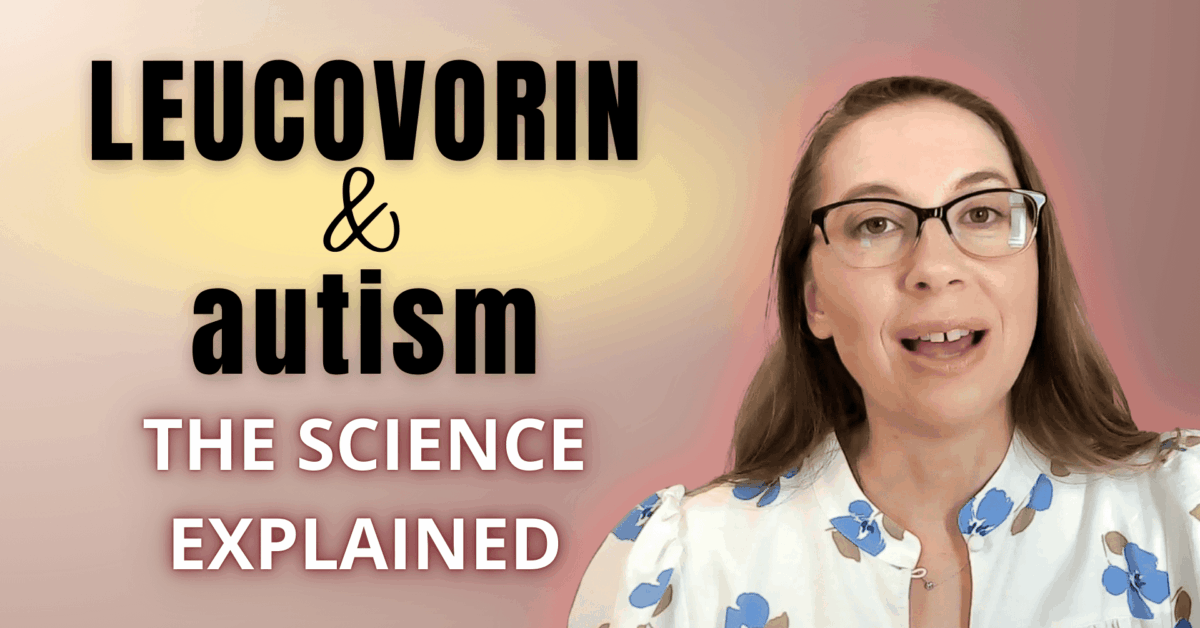What just happened? Was it a panic attack? Was it a meltdown? How do I even tell the difference?
If your child was recently diagnosed with autism or you’re waiting for answers, you might find yourself wondering these things. And today we’re going to talk about two things that can look really similar: autistic meltdowns and panic attacks.
But they have very different causes, experiences, and the ways to support your child through them are different. Let’s break it down parent-to-parent.
Autistic meltdowns
Let’s start with an autistic meltdown. A meltdown is the body’s way of saying, ‘I am overloaded.’
- Too much sound,
- too much light,
- too much pressure,
- too much fun,
- too much even love.
It’s not a tantrum. It’s not about getting their way. It’s the nervous system short-circuiting from overwhelm. You might see
- crying or
- shouting,
- rocking,
- pacing,
- hitting,
- biting, or
- Your child might go completely quiet or stop talking altogether.
This is a brain and a body that needs relief from the outside world, not punishment.
Panic attacks
These come from inside. Panic attacks are sudden waves of fear or anxiety. So
- The heart might start racing,
- They might get a little bit shaky,
- You might get shortness of breath.
- Your child, if they’re speaking, might say they feel scared, or
- They might not have any words at all.
And unlike a meltdown, panic attacks are driven by internal fear, even if there’s no obvious danger in the moment. They usually peak within 10 to 20 minutes, but they feel terrifying while they’re happening.
How do you tell them apart?
Meltdowns are often triggered by external things, sensory overload, too much noise, and changes in routine. And panic attacks are usually sparked by internal fear, a worrying thought, or a feeling of danger.
Meltdowns probably look very explosive. Panic attacks may seem more frozen or fearful.
Now, both can leave your child drained as well as you, and both deserve your compassion and support.
What can you do?
For a meltdown,
- Gently guide them to a quiet or familiar place.
- Don’t ask questions. Don’t try to talk things out. That is not the time. Just reduce the overwhelm.
- Stay nearby. Just let them know you love them and that you’re there to help them.
- And then use what calms them. So, weighted blankets, soft music, and silence.
For a panic attack,
- you can try breathing with them.
- Try grounding them in the moment.
- ‘You’re safe. I’m here.’
- Later, you can help them talk or spell about what scared them, if they can.
And here’s the most important part. Health plays a key role in meltdowns or panic attacks. But I want you to know you don’t have to have all the answers today. And just being that calm presence while you learn your child’s patterns and also focus on improving their health, that’s really important. Over time, you’ll begin to see what triggers them and what helps them come back, and you’ll start to figure out the root causes of those health issues.
And if you want help understanding these moments, and specifically the science behind them, our Navigating AWEtism platform is here to guide you. Click the link to learn more about working with us. We can take the overwhelm of autism and turn it into a plan that you can actually follow. You are not alone. You’re learning, and you’re doing an amazing job.




